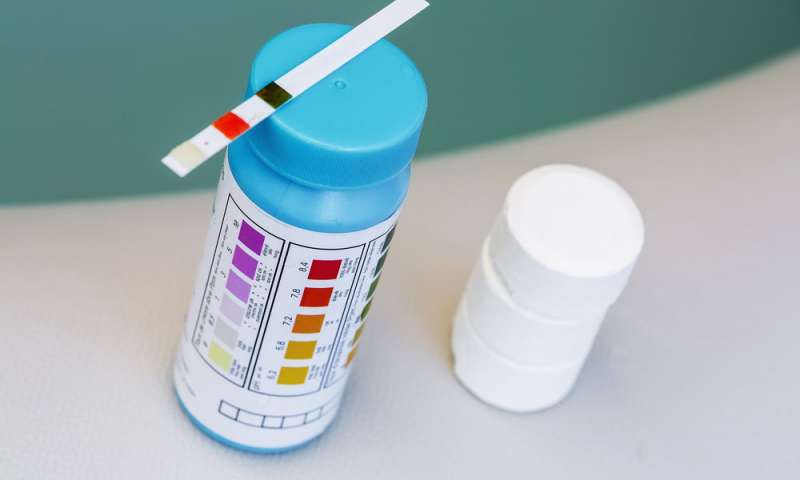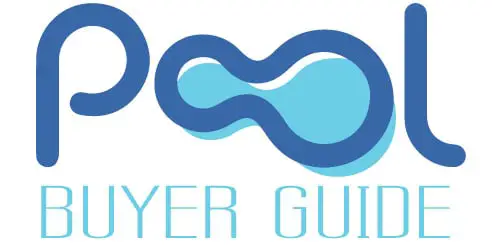
When you are testing your pool chlorine levels, you may get confused to the different types of chlorine present. Swimming pool water generally contains three different types of chlorine known as Free Chlorine, Combined Chlorine and Total Chlorine.
Free Chlorine is the most common way to test your proper chlorine levels in your pool water. This type of chlorine is the chlorine still available for sanitizing your swimming pool water. Combined Chlorine is the chlorine that has already been used to sanitize your pool water. Total Chlorine is the sum of Free Chlorine and Combined Chlorine.
To understand the difference between the three types of chlorine, use this simple formula:
Total Chlorine = Free Chlorine + Combined Chlorine
What is Free Chlorine?
Free chlorine is the total amount of chlorine that has not yet combined with chlorinated water to disinfect harmful bacteria and microorganisms. Free chlorine is going to be the most important type of chlorine to monitor because it’s going to disinfect your pool. The recommended level for free chlorine is going to between 2.0 and 4.0 ppm (parts per million). The simplest way to monitor your chlorine levels is with test strips.
What is Total Chlorine?
Total chlorine is the combination of free chlorine and combined chlorine. Many chlorine tests will show the total chlorine as different shades of yellow. You will want to measure total chlorine because it’s much easier to test than free chlorine or combined chlorine. Normally, total chlorine can tell you if your swimming pool needs to be shocked. If the value is above zero, then there is combined chlorine is the pool and if the value is below zero, then there is no combined chlorine in the pool which is ideal.
Does Shock Raise Free Chlorine?
Does shock raise free chlorine? Yes, shocking your pool will raise the free chlorine level in your pool water. When you shock your pool, you want to reach the Break Point Chlorination level. To reach the Break Point Chlorination level, you want your free chlorine level 10 times your combined chlorine level to reach that point.
Conclusion
As you learn more about maintaining your pool, you will come to understand the importance of chlorine levels as it contributes to a safe and clean pool. Now that you are familiar with the different types of chlorine, you will be ready to start testing your pool for a clean and sanitized pool year-around.

